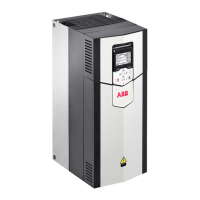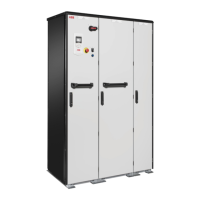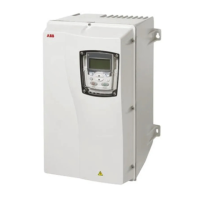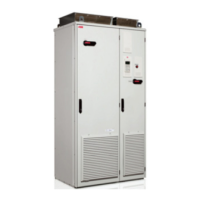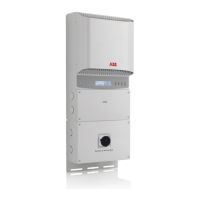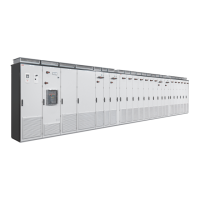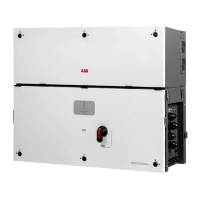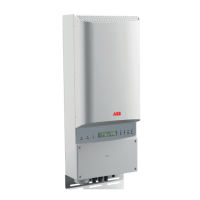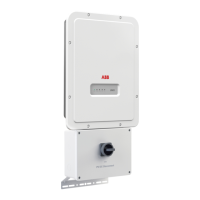structures, obey the local laws and regulations applicable to live working (including
– but not limited to – electric shock and arc protection).
• Before and after you measure the installation, verify the operation of the
voltage tester on a known voltage source.
• Make sure that the voltage between the drive input power terminals (L1, L2,
L3) and the grounding (PE) busbar is zero.
• Make sure that the voltage between the drive output terminals (T1/U, T2/V,
T3/W) and the grounding (PE) busbar is zero.
Important! Repeat the measurement also with the DC voltage setting of the
tester. Measure between each phase and ground. There is a risk of dangerous
DC voltage charging due to leakage capacitances of the motor circuit. This
voltage can remain charged for a long time after the drive power-off. The
measurement discharges the voltage.
• Make sure that the voltage between the drive DC busbars and the grounding
(PE) busbar is zero.
• If the drive is equipped with a DC/DC converter unit or a DC feeder unit: Make
sure that the voltage between the energy storage terminals of the unit (ES+
and ES-) and the grounding (PE) busbar is zero.
6. Install temporary grounding as required by the local regulations.
7. Ask for a permit to work from the person in control of the electrical installation
work.
General notes
■
Printed circuit boards
WARNING!
Use a grounding wristband when you handle printed circuit boards. Do not
touch the boards unnecessarily. The boards contain components sensitive to
electrostatic discharge.
■
Handling fiber optic cables
WARNING!
Obey these instructions. If you ignore them, damage to the equipment can
occur.
• Handle the fiber optic cables with care.
• When you disconnect the fiber optic cables, always hold the connector, not the
cable.
• Do not touch the ends of the fibers. They are sensitive to dirt.
• Do not bend the fiber optic cables too tightly. The minimum allowed bend radius
is 35 mm (1.4 in).
Electrical installation 45
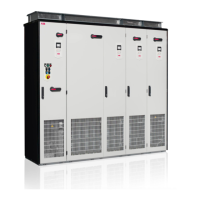
